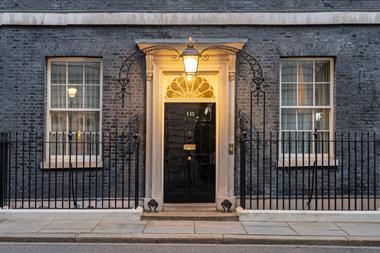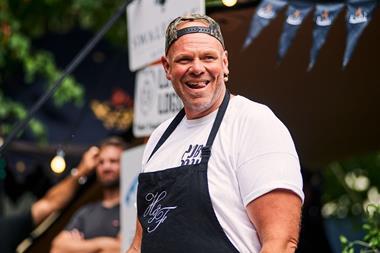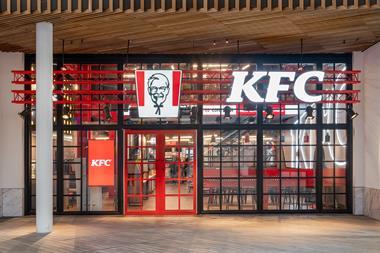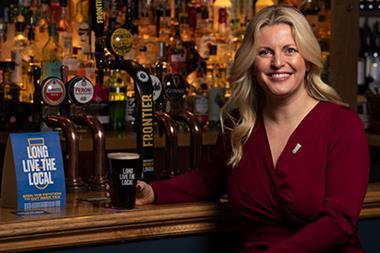Inside Track by Peter Martin
You don’t have to be back in the United States for long to remind yourself why the country might have an obesity problem.
It’s the portions.
Sit down in just about any casual dining chain and try to get through a regular appetiser and main course (you can even miss out on the dessert). It’s not easy. There is so much food on the plate, and that doesn’t include the soup or salad that most likely comes with the price of your entrée.
Big is still beautiful – and it’s not only the mid market chains. A national brand like The Cheesecake Factory, which provides enviable quality throughout its menu, is one of the worst. How does anyone ever make it to the cheesecake?
But the counterpoint to the size of meals is a widespread response to dietary issues. Low carbohydrate foods and drinks are everywhere. There is even a range of low-carb Californian wines.
While UK chains are ahead in acting on GM foods, for example (an issue that still leaves most Americans bemused), US restaurants have been much quicker in reacting to the popularity of the Atkins diet and its low-carb derivatives. Panera Bread, the fast casual bakery chain, now has six low-carb bread alternatives, A poll by Morgan Stanley in June suggested that 10% of American adults were on a low-carb diet, down from a high of 12% around Christmas, but still a sizable proportion.
Health is an issue, and one which is at the heart of a current advertising campaign being used by Subway, the sandwich giant, to knock its big rival McDonalds, all based on the premise that you can lose weight by eating the low-fat items on the Subway menu.
TV and radio advertising, even by the smallest chains at a local level, is core to the US restaurant chain culture. Another major weapon in attracting consumers remains price.
Eating out in the US is much cheaper than in the UK, This is supported by a strong "coupon-collecting" culture that takes advantage of the plethora of money-off offers.
Like the UK, the forces at work in the US market are not on the face of it all pulling in the same direction. How do you reconcile giant portions with dieting?
But the search for value that underpins much of the sector, doesn’t necessarily mean low quality food. It is striking that chains in the US can operate further up the quality scale than would be usual in the UK. For example, Olive Garden, the US-wide Italian restaurant brand, operates two or three notches up the menu quality scale than any mainstream UK Italian pizza and pasta chain. Maybe, it is simply that it can make itself affordable?
The debate continues over what the UK chain restaurant and pub market can continue to learn from the US, and how much of what they do is relevant to a culturally different British environment?
That discussion will continue early next month in Los Angeles, when I will be chairing a panel of distinguished UK restaurant operators at the MUFSO conference, the main American chain convention.
One aspect, however, still sticks out. It is service.
It is not always true, but in most cases the sheer energy, willingness, enthusiasm, knowledge and efficiency of US waiting staff leaves their UK cousins standing. The US still beats us hands down, and this is the area that the UK can still learn from.
It perhaps comes down to the understanding that restaurants are largely a people business, and people, whether customers or your own team, need to take up most of any senior managers time.
More in a month’s time.










































![Yolk_Soho_AP_03_(1)_(1)[1]](https://d36hgjhwuw81py.cloudfront.net/Pictures/100x67/9/2/3/376923_yolk_soho_ap_03_1_11_227590.jpg)
